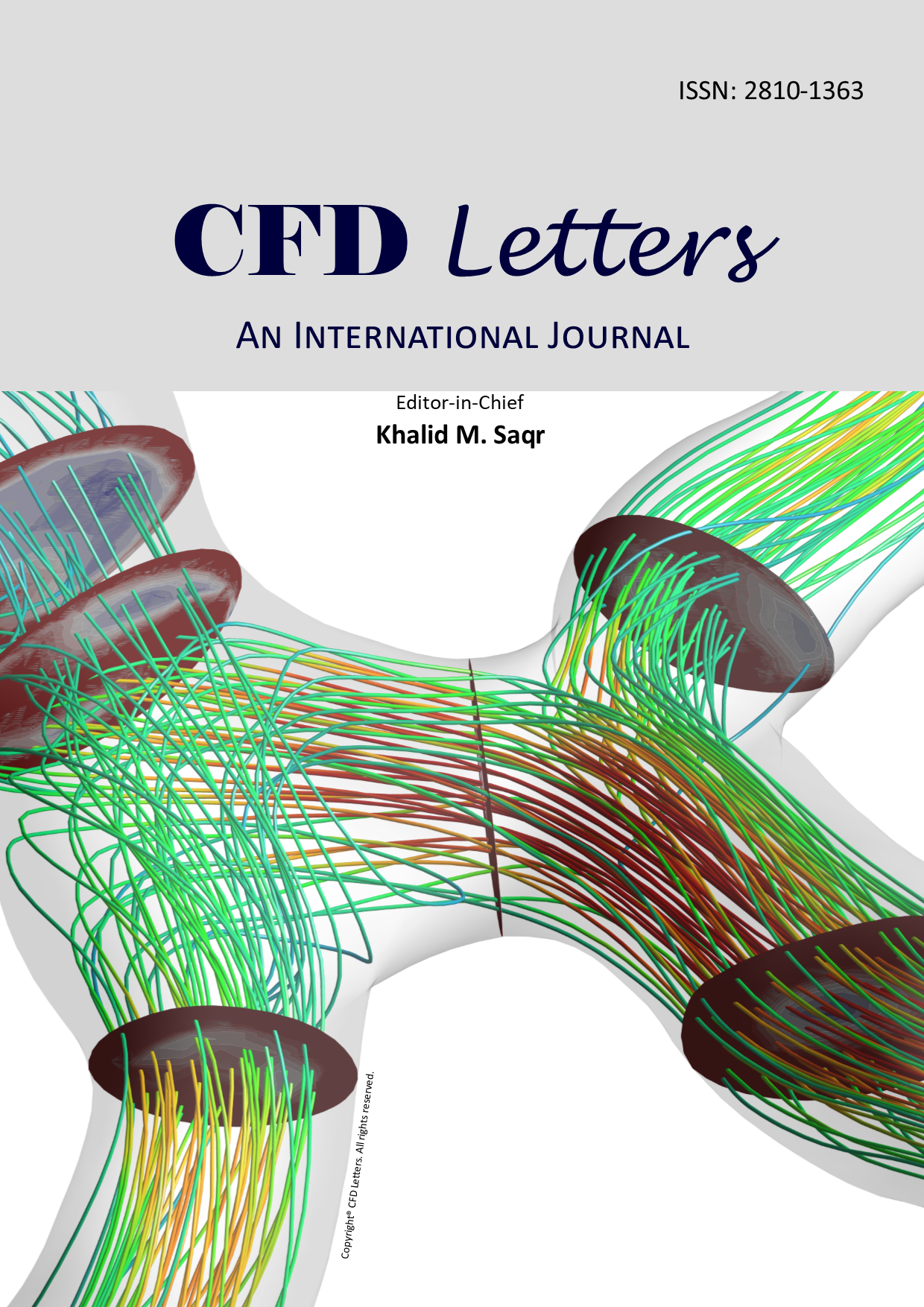CFD Simulation on Ventilation of an Indoor Atrium Space
Keywords:
CFD simulation, hybrid ventilation, atrium spaceAbstract
Atrium is a large enclosed space with various shape and height. The design of the atrium is exceptional and unique which gives a challenge and complexity to architect and engineer to provide acceptable thermal. In this study, simulation ventilation of an indoor atrium space was analysed. A previous study indicates that CFD simulation can be used to successfully simulate the heat transfer and fluid flow in atrium geometries and provides recommendations turbulence and radiative heat transfer modelling. The variables which affect the atrium ventilation system can be categories into 3 elements which are external variables such as ambient and outdoor temperature, solar radiation and wind, secondly, an internal variable such as internal heat load, expected comfort level and the last one ventilation technique such as natural ventilation or forced ventilation. The purpose of this study is to predict the air ventilation system and evaluate thermal comfort in an atrium using CFD simulation. An atrium of an indoor theme park will be used as the case study. Since the location of the atrium is located at a hot-humid climate, the thermal comfort range is higher than expected by international standard, ASHRAE 55 2004 Standard. However, the standard still can be used to validate the result of the simulation by comparing it with Malaysia Standard 1525:2007. It was found that CFD simulation can predict the air ventilation and evaluate thermal comfort with less than 3% of percentage error between site measurement and simulation result.













